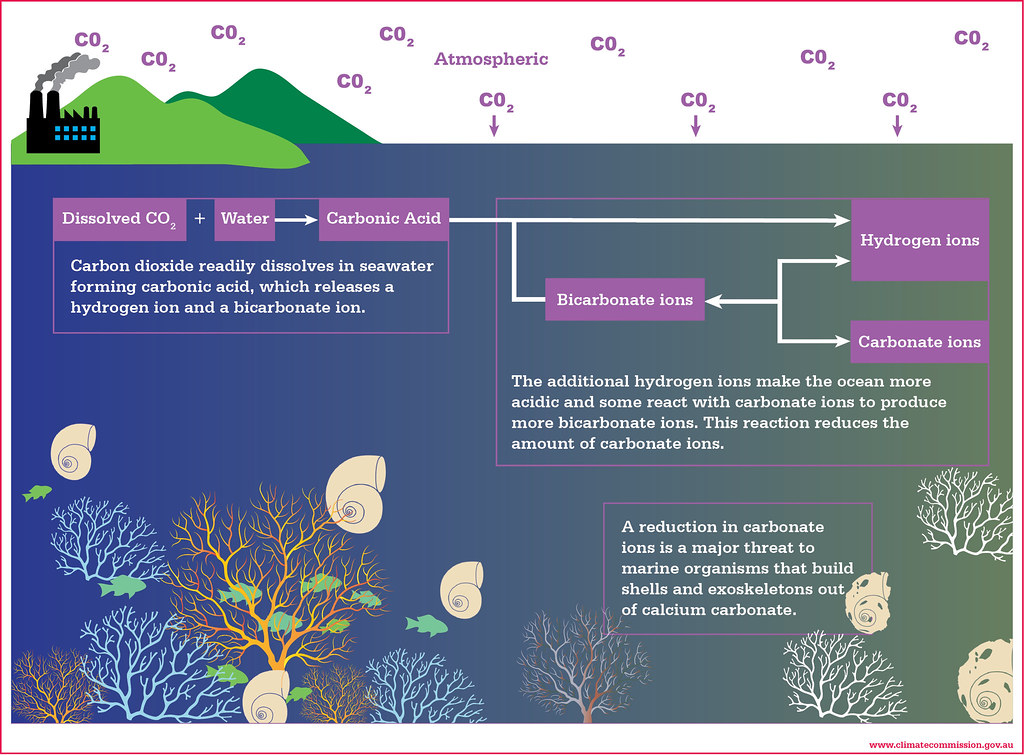Genes play a big role in determining how a person looks including our eye color, hair color, and height, but can your genes also determine your waistline? As of now, 61% of Canadians are overweight or obese and that number is even higher in America, with 66% of its citizens overweight or obese. While these numbers can be attributed to a more sedentary lifestyle and poor diet, genetics has been shown to be a factor. A study in 1986 found that adopted children’s BMI more closely matched their biological parents than adoptive parents. While environmental factors play a huge role in a person’s weight, the importance of genetics cannot be understated.
One of the first genes to be linked to obesity was the melanocortin-4-receptor gene (MC4R). In 1998 a study found that mutations in MC4R would lead to early-onset obesity in children. However, this mutation is extremely rare, affecting less than 5% of those suffering from obesity leading researchers to search for more common genetic variations. Starting in 2002 scientists began to perform genome-wide association studies (GWAS). Instead of looking at genomes of a few hundred people, scientists could now look at entire DNA sequences of hundreds of thousands of people in order to find links between certain genes and illness. A GWAS in 2007 led to the discovery that variations in the fat mass and obesity (FTO) gene were associated with higher BMI’s. These variations were much more common with 43% of the population carrying this “risky” allele of the FTO gene. The study found that individuals with certain variations of this gene were 1.67 times as likely to be obese. Despite this, the FTO gene itself only raised BMI .4 kg/m^2 an amount much too small to lead to the increase in BMI observed (3 kg/M^2). This is why the majority of obesity in the population is caused by many genes, not just one. Since 2006 GWAS has led to the discovery of more than 50 genes associated with obesity.
The discovery of these genes not only can tell us who is predisposed to becoming obese, but who is also more likely to suffer from metabolic diseases associated with obesity like heart disease, stroke, and type 2 diabetes. This video from the University of Michigan explains some of the surprises that came from studying genes related to obesity and how we can use this information to benefit people.

However, just discovering these genes isn’t enough. In order to treat these variations, we have to better understand the mechanism of these genes. Recent studies have revealed that variations of the FTO can cause alterations in satiety that people feel, but the exact mechanism of these effects are still largely unknown. For now, proper exercise and nutrition can counter the effects of most of these “fat” genes. In the future, people may be able to find the best way to prevent weight gain based on their genetic makeup. Only time will tell if future discoveries can reverse this obesity epidemic.
By Dylan Chambers









